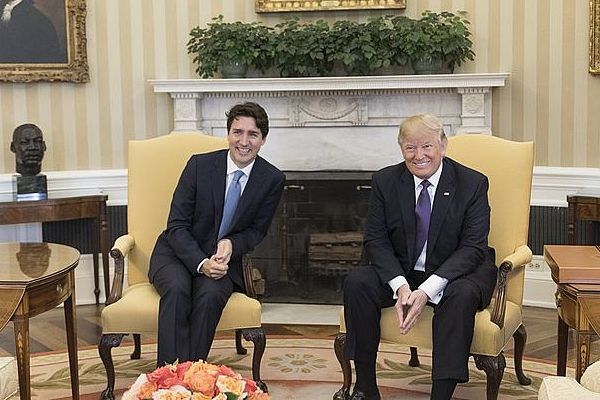 Science & Social Science
Science & Social Science The Power of Image in Politics

Human culture is a visual culture. From cave paintings to selfies, we have always used images to tell stories about our lives, experiences and understanding of the world.
These images are particularly potent when they not only depict, but instruct us about social norms – when they shape attitudes and behaviour on everything from the role of women to ideas about nationhood.
But the idea that a picture “never lies” is a powerful – and inaccurate – adage. For they do not always tell the whole story. And the fact that images may be strategically constructed, manipulated or chosen carefully to convey an impression, can often go unnoticed by the people looking at them.
This is a problem, because images tap into a fundamental element of human reasoning. They have a resonant power to stir strong emotions – of fear, dislike, love, hate, and everything in between. Widely shared footage of the self-immolation of Mohamed Bouazizi led to the first protests in Tunisia and the eventual fall of the Ben Ali regime.
But we do not need to look for exceptional circumstances to find images having political power. Images of migrants have been used to promote anti-immigration stances; images of homeless veterans are used to counter government policies to house refugees; images of stranded polar bears are used to promote environmental policies.

All of these are examples of images being chosen to convey specific messages. They can also be carefully constructed, such as when British the prime minister, Boris Johnson, spoke recently in front of ranks of uniformed police officers – a setting which may have been planned to enforce an image of power and strength. But there are also images which defy planning, such as Johnson struggling with a large bull, which can be used by critics as an easy metaphor, mocking his ability to control events.
Don’t believe your eyes
Images tap into attitudes, but not always in the same way for every viewer. Instead, an image’s perceived level of influence is based on “believability.” This is the idea that it is true if we agree, fake if we disagree. And it is here that the power of images intersects with the great challenge of the digital age.
Fake news, for example, is awarded far greater power if delivered with an image that appears believable and reinforces existing media tropes and public beliefs.
But the ease with which images can be adjusted and skewed for a specific political purpose, like slowing down a video to make a politician appear drunk, makes the persuasive power of visual evidence highly dangerous.
Our research into the power of images and visual political communication suggests it can be positive or negative for a pluralist democracy. The dependent factor is how it is used.
In the context of election campaigns, for example, the digital age enables a more negative environment. It is easy to create a simple attack message and gain traction, as voters create their own election campaign communication and associated memes.
Yet platforms such as Instagram can also be used to humanise a candidate. Following the example of Barack Obama and others, many politicians have embraced the use of selfies and social media films to attempt to ingratiate themselves with the electorate. One recent example was Rory Stewart, whose use of social media gained him attention during his short bid for the leadership of the UK Conservative Party.
But while such tactics can mobilize supporters, manage impressions, and amplify political messages, it also means political campaigns become more superficial. The question is whether citizens are more manipulated as the visual vocabularies of election candidates further emotionalize political communication.
Such processes are not isolated to campaigns of course. Political leaders use visual communication to shape their public image, and subtle differences in visual representation can have significant effects on their public perceptions.
Seeing through people
President Donald Trump constantly uses images on social media to create an impression of a certain kind of success, power, and leadership. He also appears to be ever mindful of the image he portrays, putting great effort into his stance and gestures, and displays of presidential power.
The use of symbolism is widespread in the political sphere, as political actors seek to harness the power of social media for impression management. Such devices also prove effective, with even the simplest facial expression able to have a profound impact on people’s perceptions.
Amateur activists too have learned to harness the power of visual communication. Images denoting solidarity and collective action have been used by campaigns like #BlackLivesMatter and #MeToo to show how social media, and its potential for the co-creation of compelling visual montages, permits new forms of public political expression.
But despite campaigns attempting to tap into the political currency of pictures, different content forms elicit different emotional responses. The challenge for protest movements is to develop a consistent, interconnected theme, and to be aware of their audience and differences in reception.
Visual political communication has become increasingly important over recent years. It is central to the politics of illusion, and plays an important role in the phenomenon of populist rhetoric. Visuals are thus central to the politics of our time, for good or ill, with the power to stimulate emotions and elicit engagement – among an often disengaged and apathetic electorate.

























































































